Types of Animal Feeding By Mode of Ingestion
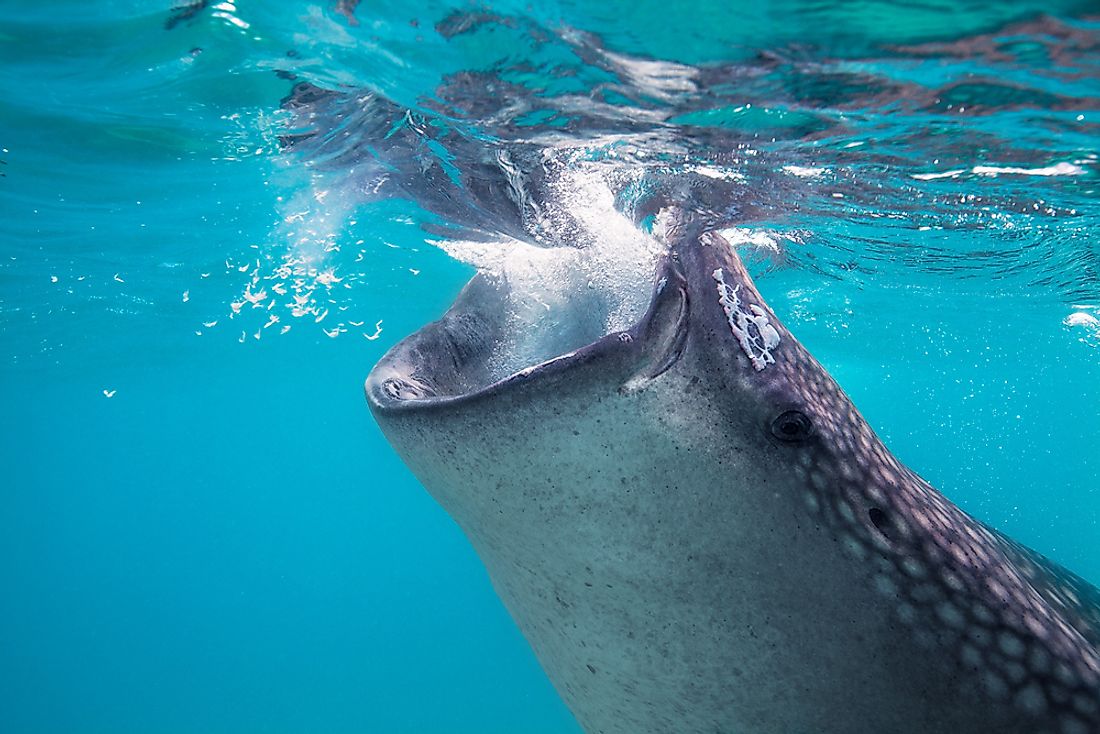
Feeding behavior of an organism refers the process of obtaining and consuming food. Ingestion refers to consumption of the food taken by an organism. The nutritional or medicinal content of the food will be extracted to make the consumed food useful to the body. Such a process is accomplished once the substance gets into the gastrointestinal tract. However, in single-celled organisms, ingestion takes place once the substance goes through the cell membrane. Different organisms have specific adaptations to capture food and transform it into digestible particles. The adaptation may include specialized claws, special mouthparts and teeth, distinct beak shapes, sensory tissues, ability to camouflage and digestive system. This article explore some of the common modes of ingestion in different animals and the examples of animals in each category.
6. Filter Feeding
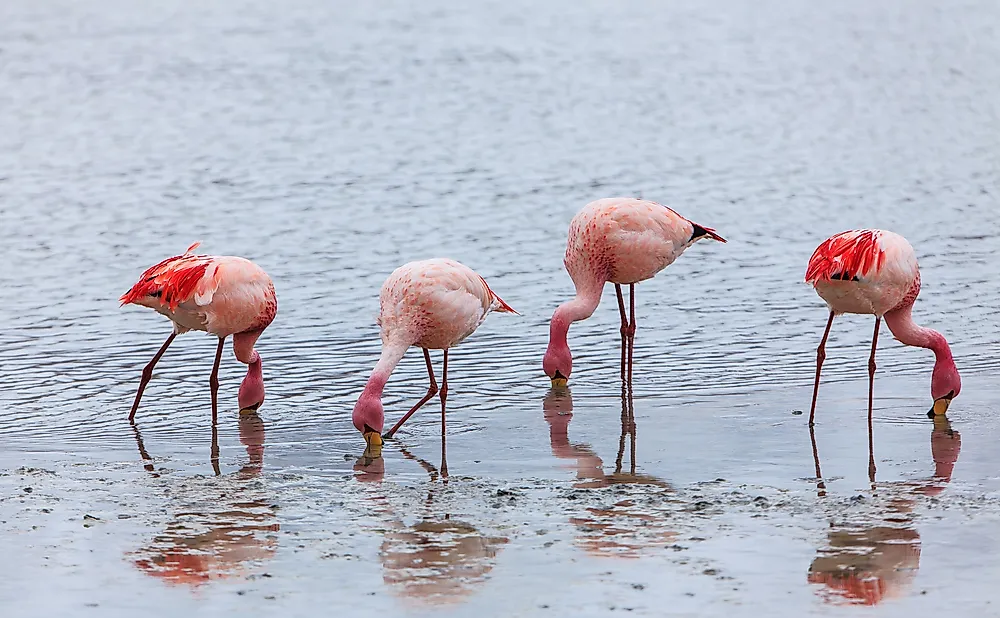
Filter feeding is where an organism passes water through specialized filtering organs. The organisms feed by straining suspended particles and digestible matter from the water. Such organisms are ecosystem engineers by clarifying and purifying water. Some of the organisms that utilize this method of ingestion are the sponges, clams, baleen whales, and some bird species such as the flamingos and some ducks. Most forage fish species and crustaceans especially Mysidacea constantly apply the filter feeding technique. Cnidarians such as moon jellyfish use their grid fibers to motion food particles from the water into their bodies. The krill, a marine organism feeds exclusively through this technique.
5. Deposit Feeding
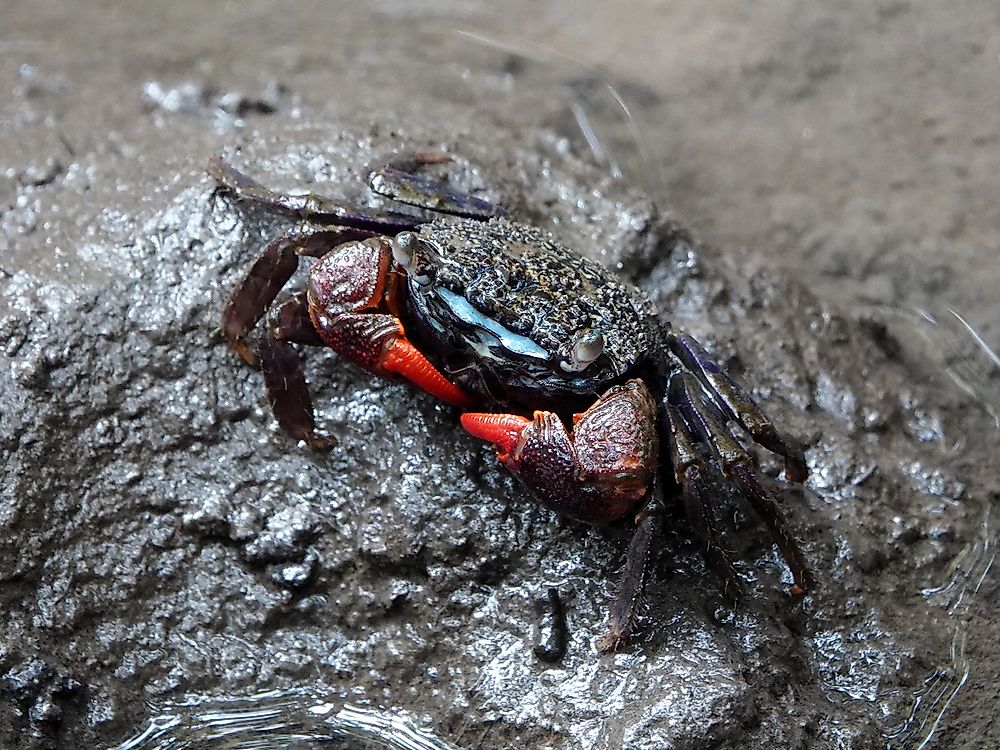
Deposit mode of feeding refers to a situation whereby an organism, either aquatic or dry land creatures, feeds on minute specks of organic deposits that have been drifted by water. These organisms are referred to as detritivores since they obtain their nutrients from detritus. Deposit feeding can also involve getting nutrients from digestible particles suspended in the soil. Such feeders are dominant organisms in regions with finer sediments or muddy sediments. Some do shoveling on the surface or subsurface while others live in barrows which are either single or U-shaped. Some of the deposit predators use tentacles to either gather particles or in an actual feeding. Examples of such feeders include flounders, haddock, fiddler crabs, snails, sea cucumbers, and eels. In a food web, these organisms mainly play the role of decomposers.
4. Fluid Feeding
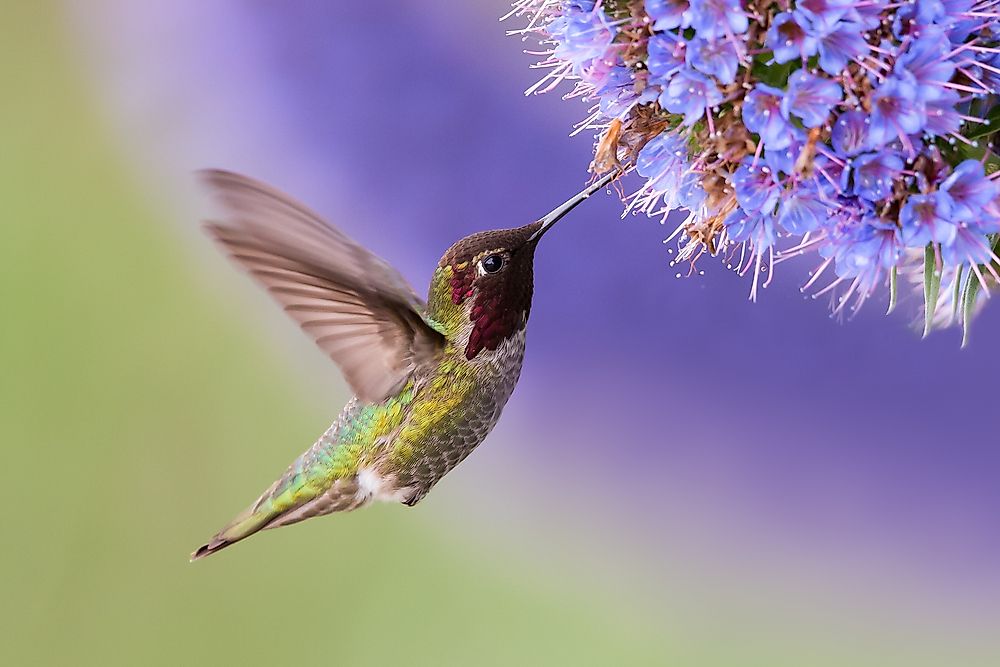
Fluid feeders thrive on nutrients obtained from fluids of other organisms. The organisms can be hematophagy and feed on blood, nectarivore and feed on nectar, or plant sapsuckers. The living host may or may not be affected by the predator. All animals in this category have a common characteristic of having a sharply pointed mouth to enable it to pierce the skin or wall of the target plant or animal to extract the fluid. They also have sucking ability such as the hummingbird which has a long pointed beak. Other examples in this category include mosquitoes, aphids, bees, and hummingbirds.
3. Bulk Feeding
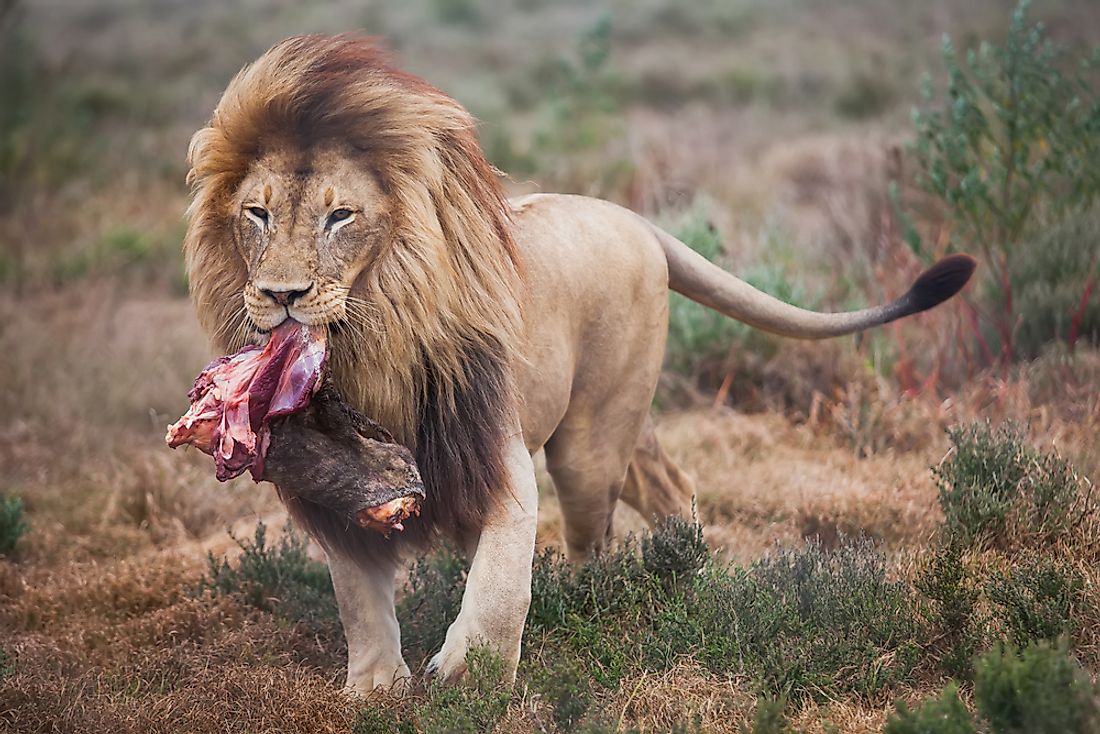
Bulk feeding is whereby the predator gets the required nutrients by eating all of the prey. Some animals may exhibit the behavior by eating the prey in small pieces by first chewing then swallowing while others swallow the prey whole. The food is then broken down into smaller particles and nutrients extracted during the digestion process. The undigested food is then removed out of the body through the process of excretion. The technique is common in macroscopic animals. Most carnivores, herbivores, and omnivores employ this mode of eating. Bulk feeding involves moving to where the target source of food is located and taking a bite. This can be done in one attack and swallow or in repeated motions. Bulk feeding is the most efficient and effective technique on land. Major examples of animals that are adapted to bulk feeding are human beings, lions, snakes, and most bird species. While some snakes will take a simple bite, large snakes such as anacondas will swallow their prey whole.
2. Ram Feeding
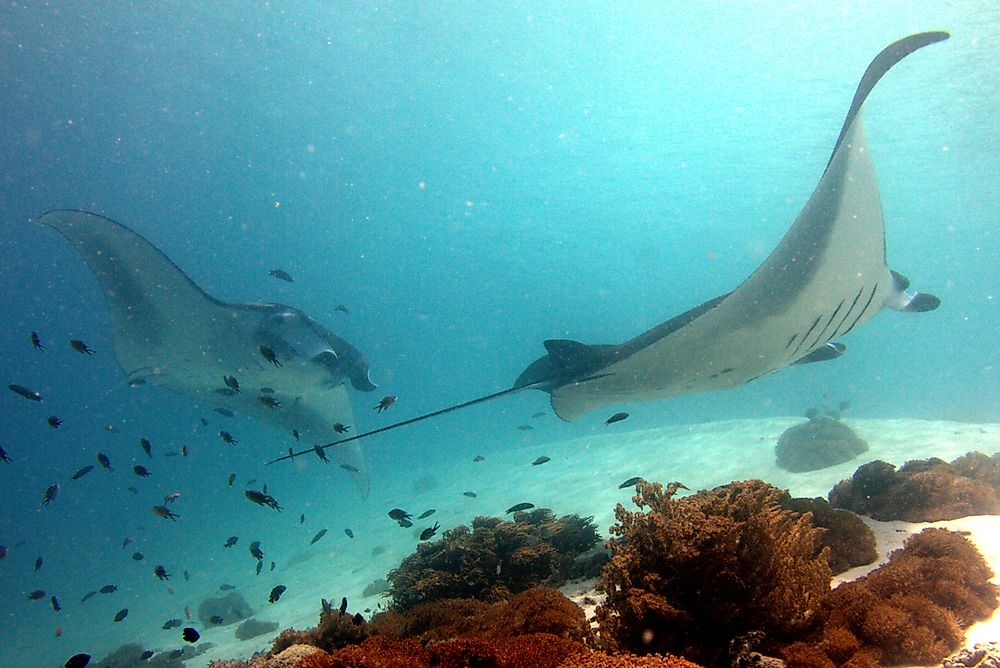
Also known as lunge feeding, the ram feeding mode involves the hunter moving forward underwater with its mouth wide open. As the predator moves, it engulfs the prey. Such prey remains fixed in its position while the predator moves jaws past the target to capture it. The motion of the head of the predator may apply a bow wave approach hence push the prey from the jaws though this can be avoided by allowing water to pass through the jaws. To prevent the prey from escaping, adaptations such as expandable throat like in the case of some baleen whales and the snapping turtles is applied. Another adaptation that makes ram feeding successful is allowing water to flow through the gills of the predator as commonly seen in herring and sharks. The garfish and water snakes have an evolved narrow pointed snout. The Manta alfredi are sea creatures known to swim against the tidal current to catch prey. As it moves it keeps the mouth wide open and sieves zooplankton from the water.
1. Suction feeding
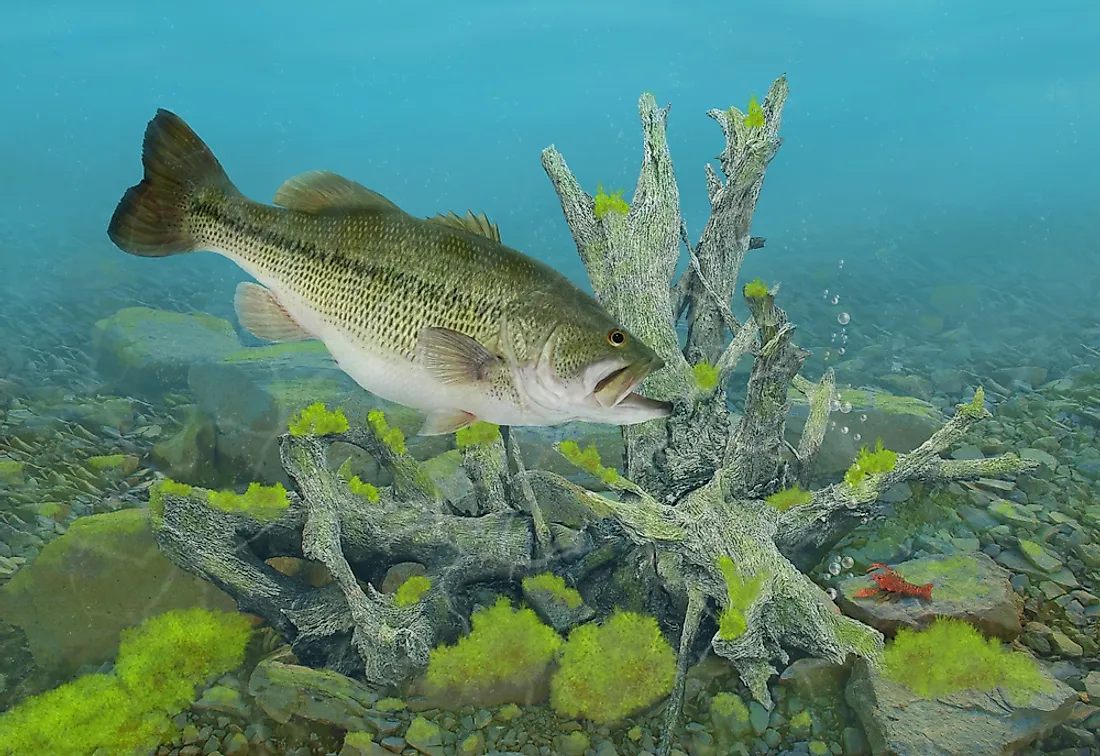
Suction feeding is a common technique in marine living organisms. The prey particles in the fluid are ingested into the predators by sucking it into the mouth. The hunter expands its oral cavity or throat capacity volume causing a difference in pressure between the interior of the mouth and exterior environment. Upon opening the mouth, the pressure difference makes the water flow into the mouth of the predator carrying the target food item with it. Suction feeding involves little or no body movement towards the prey to enable capturing it easy. A creature known as the Grouper is famous for capturing the prey by sucking it into the mouth. Other examples of this derived character belong to fish spices in the Teleostei clade. Some of the fish species employ both ram and suction feeding mode depending on the convenience. Suction feeding is mainly created when the fish opens its mouth and mostly involves little or no movement at all unlike ram feeding where the predator must be in motion.











